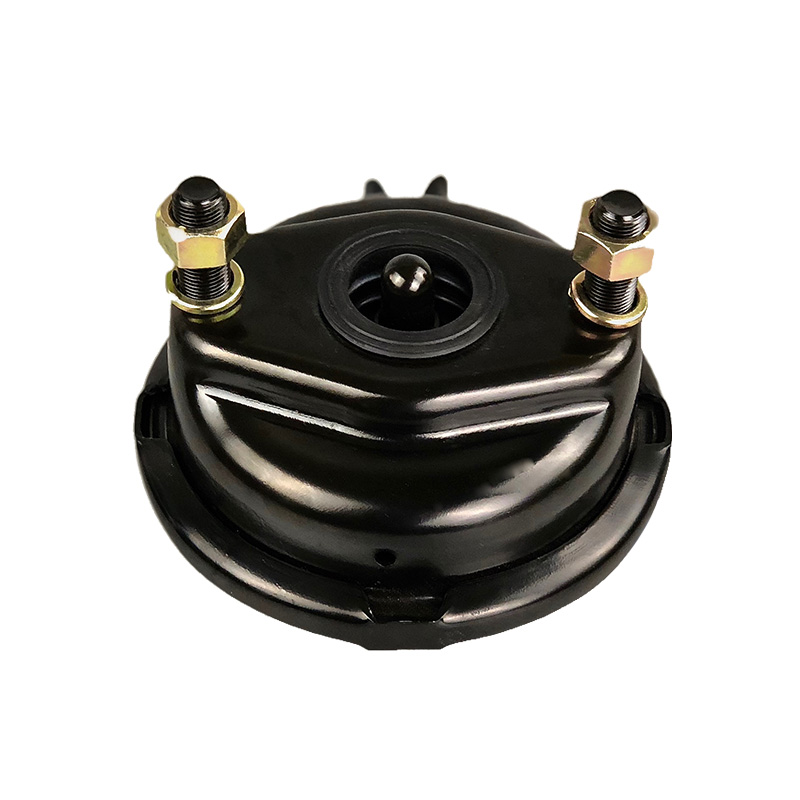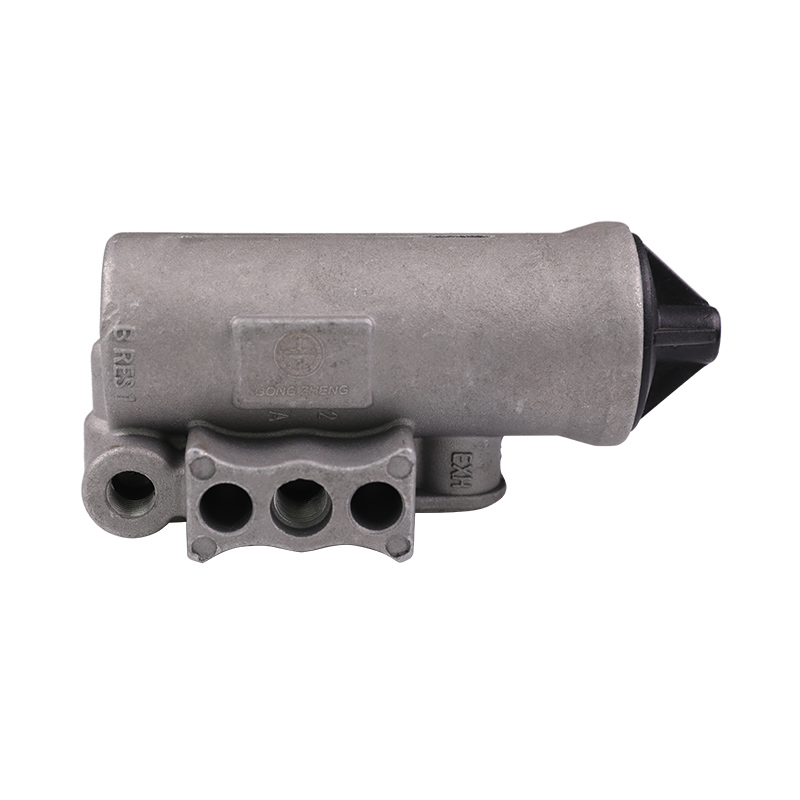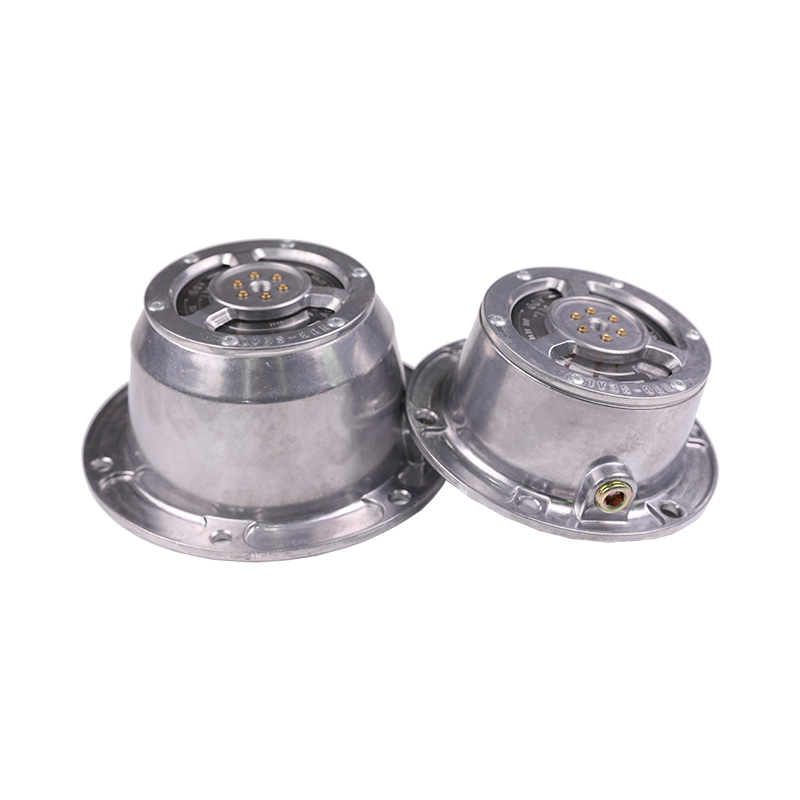The brake foot valve is a key component in the vehicle's pneumatic brake system. It controls air flow and pressure to achieve braking operation. In different types of brake systems, the choice of brake foot valve is crucial because different brake systems have different working requirements. Choosing the right brake foot valve can not only improve braking performance, but also extend the service life of the entire brake system.
Consider the type of brake system
The choice of brake foot valve should first consider the type of brake system. There are two main types of brake systems on the market: pneumatic brake systems and hydraulic brake systems, and the requirements for brake foot valves are different.
Pneumatic brake system: Pneumatic brake systems rely on air pressure for braking, so it is necessary to choose brake foot valves that are resistant to high pressure and can accurately control air flow. Such systems are usually used in heavy trucks, buses, and some industrial equipment. When choosing a brake foot valve, you need to pay attention to the air tightness and sealing performance of the valve to ensure that air does not leak and affect the braking effect.
Hydraulic brake system: Hydraulic brake systems are commonly used in light vehicles and high-performance racing cars. Hydraulic systems require brake foot valves to have a high pressure tolerance. At this time, the selected brake foot valve must be able to withstand hydraulic pressure and ensure that its internal sealing is good to avoid leakage of brake fluid.
Working pressure range of brake valve
Different brake systems have different requirements for the working pressure of brake valves. Pneumatic brake systems usually have higher working pressures, so the brake valve must be designed to withstand large pressure fluctuations. If the working pressure of the brake valve does not meet the system requirements, it may result in slow brake response or complete failure.
When selecting a brake valve, make sure that the working pressure range of the selected valve matches the needs of the brake system. For example, for heavy vehicles such as trucks, the brake valve needs to withstand higher air pressure, while the brake system of light vehicles may require lower pressure support. Ensuring that the working pressure range of the brake valve is suitable for a specific brake system can effectively improve braking performance and safety.
Response time of brake valve
The response time of the brake valve is an important indicator for evaluating its performance. For most vehicles, the reaction speed of the brake valve directly affects the efficiency of the brake system. When selecting, it is necessary to ensure that the response time of the brake valve is fast enough to quickly adjust the airflow or hydraulic flow to complete the braking operation in time.
The response speed of the brake valve is particularly important for vehicles traveling at high speeds. Delays in the braking system may result in ineffective braking and increase the risk of accidents. Therefore, when choosing a brake foot valve, its response time must be given priority, and products with stable performance and fast response must be selected.
Materials and durability
The material of the brake foot valve has an important impact on its performance and durability. High-quality brake foot valves usually use corrosion-resistant, high-temperature-resistant and wear-resistant materials, such as aluminum alloy, stainless steel or engineering plastics. These materials can not only ensure the long-term stable operation of the brake foot valve, but also effectively avoid performance degradation caused by high temperature or humid environment.
For example, brake systems used in marine environments or high-humidity areas should choose brake foot valves with excellent corrosion resistance to ensure stability in long-term use. In addition, the sealing material of the brake foot valve is also very important. Brake foot valves with poor sealing performance are prone to air leakage, affecting the braking effect.
Valve size and installation requirements
Different brake systems have different requirements for the size and installation of brake foot valves. When selecting a brake foot valve, it is necessary to select a valve with the appropriate size and interface type according to the design standards of the brake system. Generally, there are many types of interfaces for brake foot valves, including threaded interfaces and quick connector interfaces, and different interface types are suitable for different brake systems.
For some highly customized brake systems, it may be necessary to select a brake foot valve of the right size based on the vehicle's spatial layout and installation location. At this time, it is necessary to consider the size, weight and ease of installation of the valve to ensure that it can work smoothly after installation and will not affect other parts of the system.
Functional requirements
The functional requirements of the brake foot valve vary depending on the brake system. Some systems may require a brake foot valve with pressure regulation function, while others may require more complex electronic control functions. For modern high-end vehicles, it may be necessary to select a brake foot valve with electronic sensors, remote control or automatic adjustment functions.
For example, some pneumatic brake systems may be equipped with automatic adjustment functions to adjust the braking force in real time according to vehicle load or driving conditions. In this case, it would be more ideal to choose a brake foot valve with intelligent adjustment function.
Environmental adaptability
Braking systems usually need to work in a variety of environments, so it is also important to choose a brake foot valve that is suitable for different environmental conditions. Extreme temperature, humidity and the presence of contaminants can affect the performance of the brake foot valve.
For brake systems that need to work in high or low temperature environments, a brake foot valve that can withstand extreme temperature changes should be selected. For brake systems working in dusty or humid environments, it is necessary to choose brake foot valves with good waterproof, dustproof and corrosion-resistant properties.






